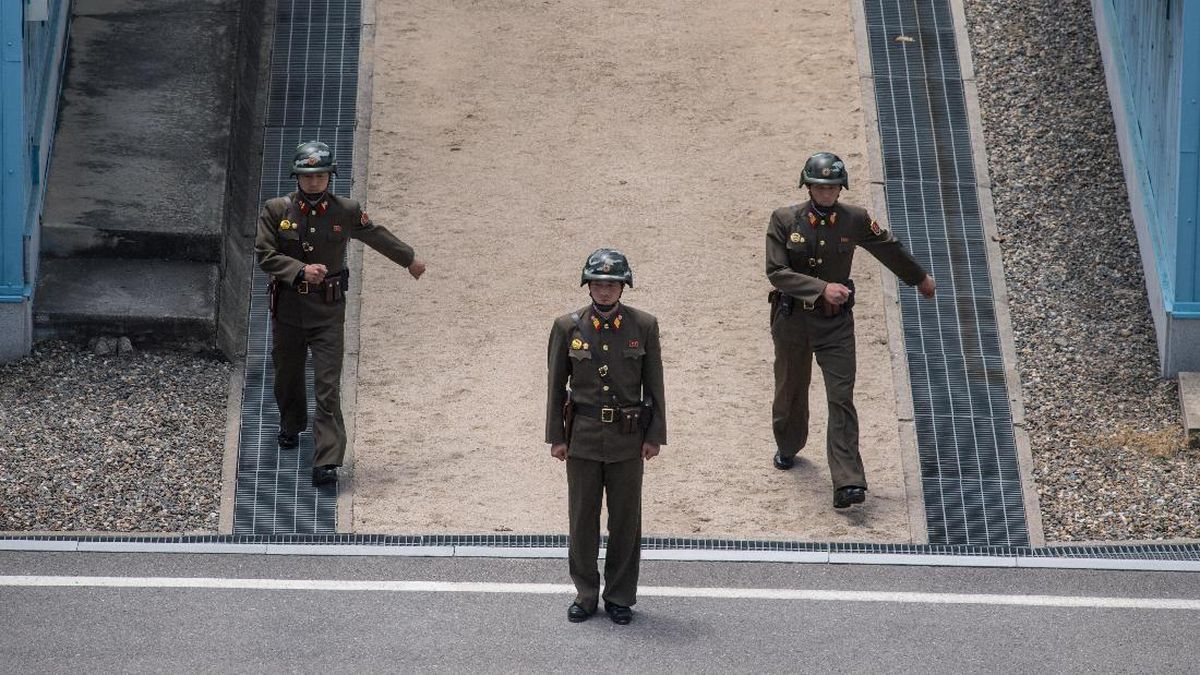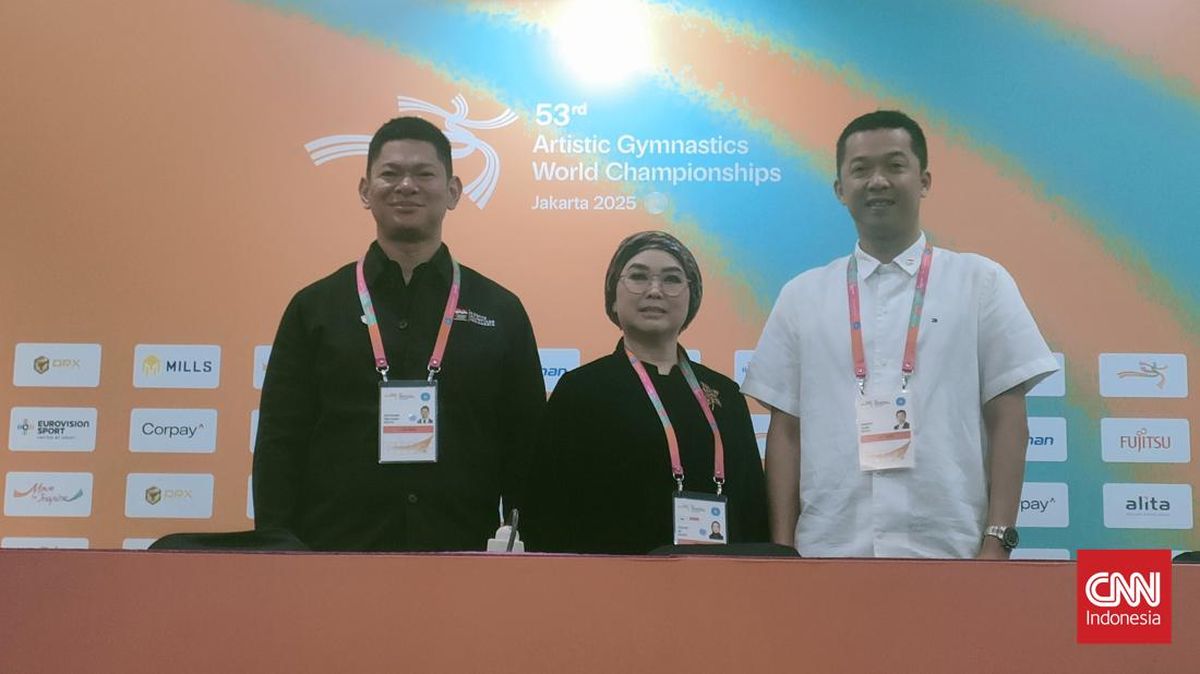More students are getting top ATARs. The reason is not what you think
Hundreds more students scored an ATAR above 90 in 2024 than in the HSC five years ago. The number of students ranking above 99 in their university admission scores is also increasing.
Broader demographic changes in HSC candidates are driving the uplift in university admission scores – as more students leave the school system earlier, the proportion of higher achievers increases.
“This is just a consequence of a declining proportion of people in the school-leaving age cohort of the NSW population completing a course that makes them eligible for an ATAR,” said Professor Rod Yager, chair of the committee responsible for calculating the scores.
In the ATAR (Australian Tertiary Admission Rank) system, he said, each rank is intended to have the same value from state to state.
“An ATAR of 90 means that the student is academically stronger than 90 per cent of the school-leaving aged population in their jurisdiction,” he said.
Five years ago, 9343 students received an ATAR above 90. Last year, that figure grew by more than 800 students to 10,189 mirroring the rise in the number of 17- and 18-year-olds in NSW. The cohort scoring more than 99 went from 931 in 2020 to 1017 in 2024.

Hundreds more students received a top ATAR in 2024 compared to five years earlier.Credit: Sam Mooy
Academic strengths of state school populations are unlikely to differ, Yager said. ATARs were driven by the size of the total school-leaving age cohort and the proportion who study academic subjects that qualify them for an ATAR.
This causes variations in average ATAR scores. In NSW, the average is 71.55, while in Victoria last year it was 69.52. Other states do not publish averages.
Loading
“In NSW and Victoria, about 55 per cent of this cohort are ATAR eligible, while in WA only about 27.5 per cent of the school-leaving age cohort take courses leading to an ATAR,” Yager said.
Using historical data showing the progression of students in NSW from the previous school certificates to the HSC, statisticians can see the impact that academic ability has on the likelihood of a student taking a subject that leads to an ATAR.
The participation rate in schooling in NSW steadily increased from 2014 to 2017, when it peaked at 61 per cent. Since then, it has been steadily declining, falling to 55.1 per cent in 2024, Yager said, with the higher average ATARs “entirely the result of that decline”.
Nationally, the school retention rate, which measures the proportion of students finishing year 12, has been declining for the past decade, but there was a slight increase last year.
Among those hoping to go to university next year is Inner Sydney High School student Charlotte Huntington, who needs an ATAR of 60 to be admitted into a psychology course at RMIT in Melbourne. She was not surprised more students had left school early in recent years.

Charlotte Huntington, 17, is hoping to get an ATAR of 60 in this year’s HSC.Credit: Jessica Hromas
“I don’t think a lot of people are suited for the academic pursuits that regular schooling entails. I think in the past 20 years, it’s like a lot of ADHD and ... it doesn’t match up with schooling,” she said.
She opted to do hospitality as a vocational education course in her HSC year because it was more practical and hands-on. She said most of her male friends, unsuited to the academic environment, had left school before year 12 to pursue a career, “to do trades”.
The 2025 HSC exams will run until November 7 and students receive their ATARs on December 18.
The Morning Edition newsletter is our guide to the day’s most important and interesting stories, analysis and insights. Sign up here.
Most Viewed in National
Loading


















































